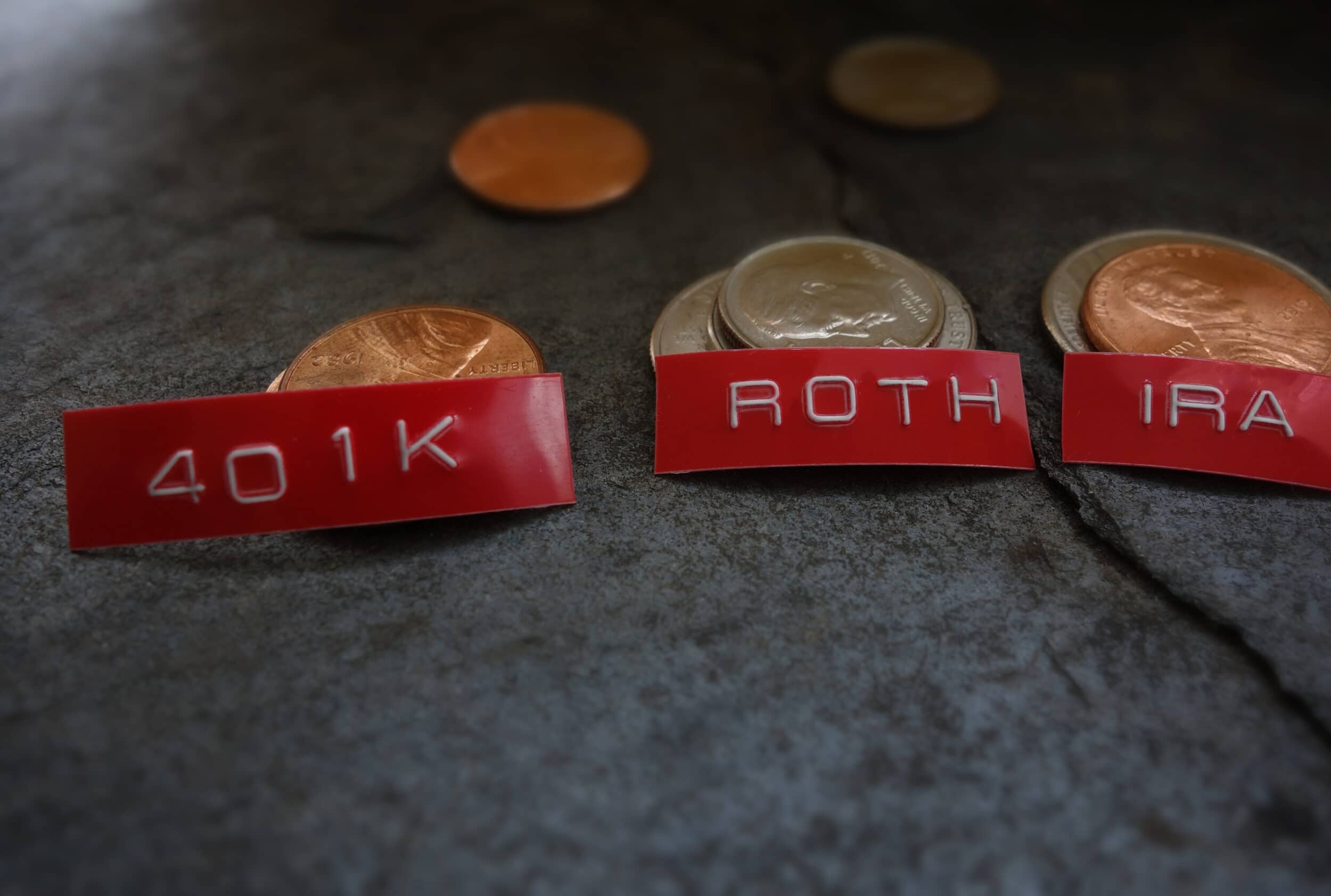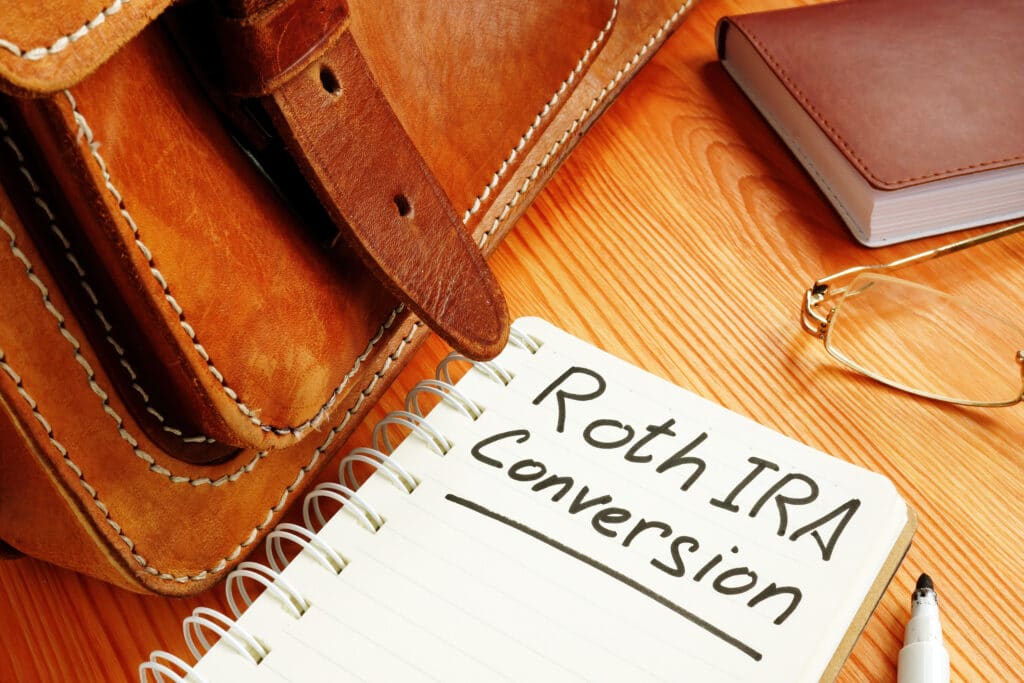A Roth conversion is a tax strategy that involves moving investments from a traditional IRA to a Roth IRA. With a traditional IRA, your contributions are made with pre-tax dollars. A Roth IRA, however, allows you to make post-tax contributions which may help you pay a lower amount of tax overall, especially if your investment increases or your tax bracket changes. The compounding effect your tax-free dollars can have is one of the main benefits to creating a Roth IRA and the longer your account grows, the more tax-free dollars you can accumulate over time. In essence, a Roth IRA allows your investment to grow tax-free while you enjoy tax-free withdrawals in your retirement years.
If you’re considering a Roth conversion for your current investments, you’ll want to review a few things with your tax strategist first— such as when you will need these funds and where your tax bracket will be in the future. While many benefit from Roth conversions, your own unique funds and the timing of your withdrawals will play an important part in how you could benefit.
Does your existing 401(k) plan allow after-tax contributions?
One thing to explore before jumping into a Roth conversion is to find out if your current retirement plan allows for post-tax contributions. If you can make these after-tax contributions on your current account, you may be able reap some of the rewards of a Roth IRA without having to convert any funds. Just ensure that if you contribute post-tax amounts that you stick to this type of contribution as any funds that are paid pre-tax will require you to pay taxes whenever you withdraw.
How soon do you want the funds?
The Roth IRA requires your funds to age within the account for at least five years. This fact often deters people from converting because they feel they are too close to retirement. However, there are still big advantages to converting, even if you need the funds sooner than later. Most people choose not to deplete all of their IRA accounts at once, so even if you are approaching your retirement age, you can still grow your Roth IRA account after your retirement and enjoy the benefits.
Is your tax bracket going to change?
If you’re currently contributing to a traditional IRA, but expect to be at a higher tax bracket closer to retirement, a conversion may be wise. Paying tax when you contribute at a lower tax bracket will allow your investment to grow without having to worry about potential tax bracket increases in the future. Once you’ve paid taxes on your Roth conversion, you will not have to pay taxes on the investment again.
Another point of consideration is your potential future tax bracket. These change often, so working with a tax strategist can help you determine what your tax bracket will look like in the future. For example, we know that tax rates are set and confirmed to increase in 2026. Therefore, converting now in 2021 while taxes are “on sale” may be a crucial step in maximizing your return on a Roth conversion.
Can you afford the extra income on your taxes?
If you’re considering a conversion to a Roth IRA, you’ll need to assess if you can afford to have the extra income added to your annual taxes. Converting a Roth IRA will impact your income for the tax year, which may cause you to bump up into a higher tax bracket. While you may still move into a higher tax bracket, migrating your funds from a pre-tax to a post-tax account over time is often done to limit the impact on current income taxes. Before you convert any amount, be sure to consult with your tax strategist. They can help you determine how much you can convert without affecting your taxes for the current year.
Should you consider a timing strategy?
If you’re considering a Roth conversion, be sure to consult your financial team so they can work out a timing strategy. The best time to convert is when tax rates are lower and while limitations are few. As of right now, there is no income limit on conversions, but that has not always been the case. Your tax strategist will be able to keep you informed of changes ahead of time and strategize for your maximum return should an income limit for Roth conversions emerge.
How can you combine Roth IRA conversions with other tax-free strategies?
A great way to create multi-generational wealth is to combine a Roth IRA conversion with other tax-saving strategies, such as a life insurance plan or “hire the kids” approach. These strategies will not only help you convert without affecting your income, but they also help ensure that future generations of your family can benefit from your investments without having to pay any additional taxes on it when withdrawing. Consult with your tax strategist to ensure that you are maximizing all possible benefits when dealing with Roth IRA conversions.
Bottom line: A Roth conversion can help you save money in the long-run, but you’ll ultimately want to consult with a tax strategist first. At TSP Family Office, we’re ready to weigh all the pros and cons with you to see if a conversion is in your best interest. Give us a call today!


;)
;)
;)